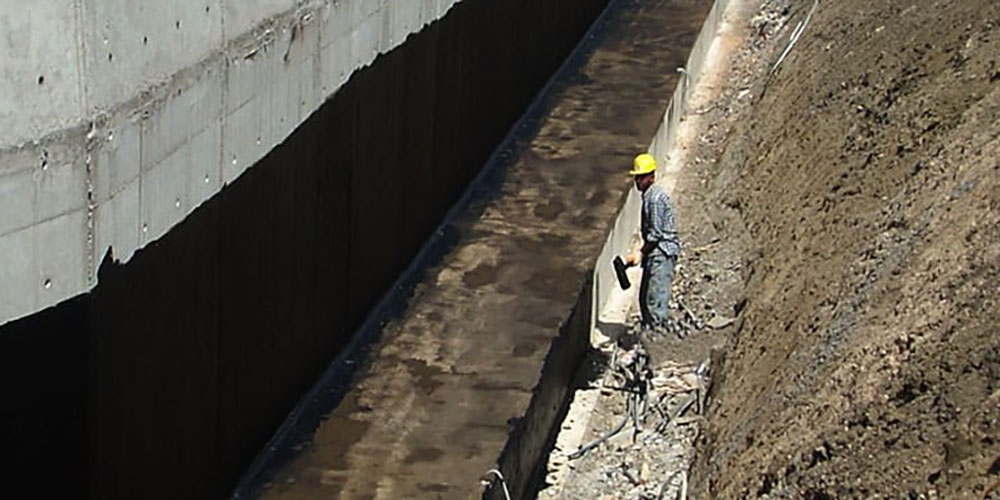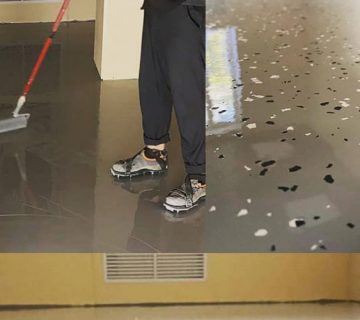The primer is the most important coat of coating system to be applied on a bare substrate, as the adhesion of a primer will play a crucial role for other paint system applied over it. It is the first or preparation coat to be applied to a concrete, masonry, timber, steel or other surfaces to be coated. It is a layer of coating that is applied on the substrates prior to topcoat application. It seals, hides and bonds to form a firm foundation for the subsequent coating. The final paint system is totally dependent on the primer during its job.
Primers are designed or formulated according to the type of the surface, porous, semi-porous, non-porous or impervious and hard, rigid dense surfaces. Primer is the first layer of paint applied over the surface, therefore primer has to be anchored perfectly on the surface and be compatible with the following layers or coating materials. Primers are made using specialized binders that are compatible with the substrate and subsequent layers of paints and that have excellent adhesion to the substrates and provide excellent bonding to the subsequent coatings.
The main function of priming is to ensure that any successive layers of paint adhere to the surface properly. The primer must ensure that the surface being painted will last longer and the final product can be more eye appealing. Furthermore, applying primer before the paint coat will provide extended paint coverage and will provide a smoother finish appearance.
Primers have varying roles on different substrates such as:
- To provide protection to the substrate until it can be top-coated.
- To inhibit moisture and bulk water reaching the substrate.
- To blocks stains and tannins from bleeding through into the topcoats.
- To improve chemical resistance and efflorescence resistance of a topcoat.











Yorum Yok